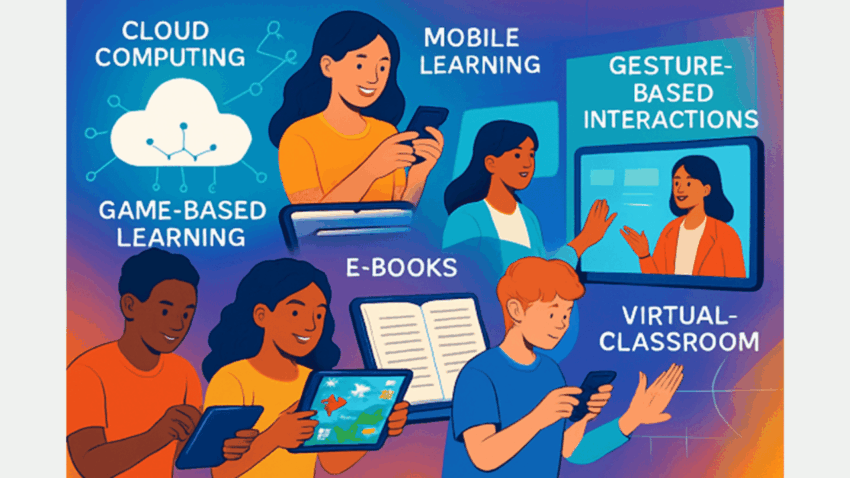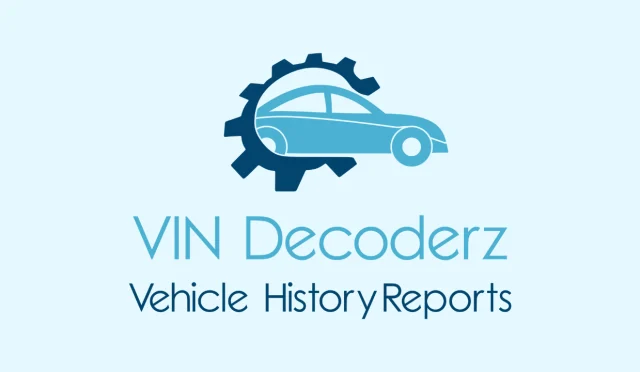Nowadays, the academic sector holds a maximum priority in our list. People are eager to collect knowledge from excellent colleges or institutions to meet up their academic needs. However, the world is growing at a fast speed, and the main reason for this progression is the breakthrough of technology.
We have used technology in each and every step of our life, which begins right from the starting of the day and carries on till the end of our routine.
However, most of the regions are enhanced with technologies, but right now the priority must be provided to the academic sector. With the increasing population and hectic lifestyle, it is hard for teachers and students to pursue conventional methods of learning. Furthermore, the educational syllabus is getting complicated and tougher. New technology is increasingly being used to teach students. Thus, learners desire an improvised medium of learning that assists them in acquiring information quickly within a short time period.
Here is a list of some technologies which are expected to bring beneficial change in education in the near future:
1) Cloud Computing
Cloud computing stands for internet-based computing. At present, cloud computing is mainly used by large organizations where members within or outside the organization share information. This process neither needs programs nor software. Furthermore, a good internet connection is vital to benefit from the facility of cloud computing. The most useful quality of cloud computing is that the information and data can be stored in servers across the world. Due to this reason, the efficiency of IT firms and businesses has increased, resulting in better output.
How can cloud computing be used in the educational field?
Just similar to a business enterprise, when you are in schools or colleges, you need notes from teachers, you would like to encompass significant PowerPoint presentations illustrated in class, and you may also at times require sharing or exchanging notes with your classmates or friends.
Till date, most of us either carry a portable device such as a pen drive to store such information. However, what if you have stored significant information from your teacher, and regrettably, your portable device fails to work when you need to retrieve the stored data?
In such situations, cloud computing can be of great benefit. According to the latest discussions and news, cloud computing can bring an extreme change in the academic sector. Receiving, sharing, and accessing information will become a simple task, consequently saving time and effort.
2) Mobile Learning
At present, students are seen employing tablets and smartphones most of the time. A few use them for social networking sites while others use them to browse various pages. However, it is anticipated that soon such mediums will be cheaper and easily accessible for students.
The students can use such mediums to get vivid information on countless topics desired by them. No issue where they are—by having good internet connectivity and a mobile phone, learners can get desired information on any topic at a click. Mobile-learning apps and platforms also allow self-paced learning, video tutorials, and multilingual resources, making education more inclusive.
3) Game-Based Learning
Who doesn’t like playing games on their laptops or mobile phones? Everyone does, right! Whether walking on the street, waiting for a relative or friend, or travelling in a bus or train, playing games on mobile phones has become our beloved pastime. But what if such games, along with entertainment, also serve as a good source of learning?
By using Game-Based Learning (GBL) in the academic field, students build up the creative side of the brain, increase IQ, and become more interactive. At present, only a few schools and colleges have used GBL in their curriculum. However, this process of learning will soon be widely applied across educational institutes. Beyond engagement, research shows that game-based learning also strengthens problem-solving skills and teamwork among students.
4) E-Books
E-Book, also known as an Electronic book, can be read by using smartphones, laptops, iPhones, tablets, or e-book readers. Although numerous learners have already started employing e-books, there are still some who are not well aware of this technological medium.
Reading from an e-book instead of a textbook can give several benefits to learners such as: easy accessibility, features of saving, highlighting, searching, and convenient reading. Moreover, e-books reduce the burden of carrying heavy books and make education eco-friendly by saving paper.
5) Virtual Learning
A glimpse of academic growth can already be noticed in classrooms where videos and PowerPoint presentations are employed to describe topics in a more detailed manner. Virtual learning can also mean studying outside the classroom or attending lectures virtually while the teachers deliver from elsewhere.
In recent years, online tutoring, online course, webinars, and virtual classrooms have provided students with international learning opportunities without geographical barriers. This not only supports flexibility but also strengthens global exposure and collaborative education.
6) Gesture-Based Learning
Have you ever observed teachers delivering lectures in class and students yawning or taking a snooze, finding the lesson boring and unexciting? We often notice this at every level of student life. I am confident that even you have definitely taken a nap during your lecture periods!
To boost up student’s interest and maintain their focus, the idea of gesture-based learning has come into play. Gesture signifies posture, the manner you walk, watch, act, or move. Integrating technology into our gestures explains the concept of gesture-based learning. It signifies that this medium takes our signs as the input. No keyboard or mouse is needed to give data to the system.
This gesture-based learning is 3-D enabled and permits you to work without the need for external devices. Some of the systems which make use of gesture-based technology are: 6th Sense, G-Speak, L-Motion, and more.
Conclusion
The above is a list of six technologies that can bring a huge shift in the academic field. Once implemented, such technologies will make learning efficient, exciting, and pleasant. Moreover, they will encourage self-learning, global collaboration, and creativity—qualities essential for future generations.







